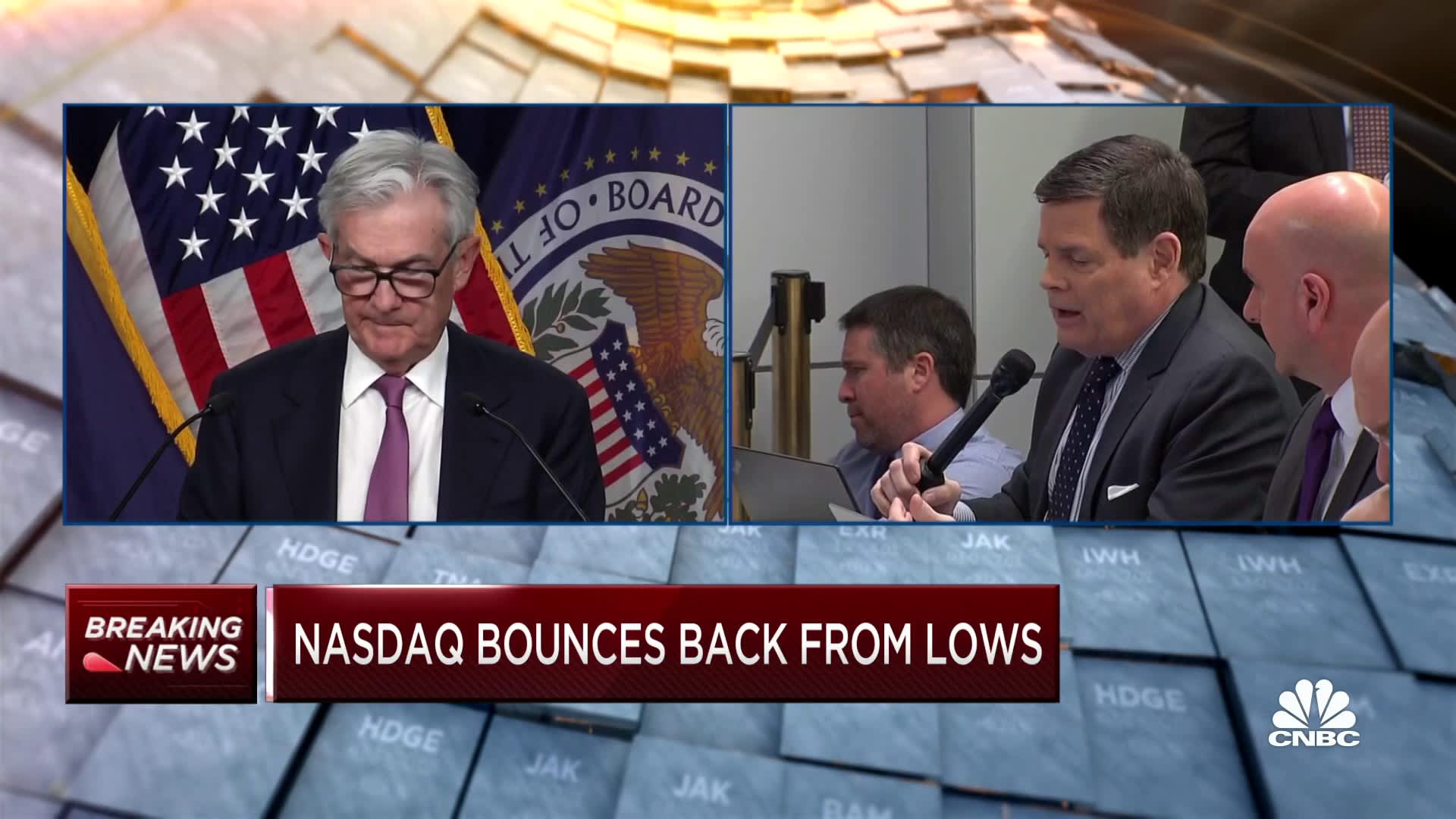Fluid nitrogen shower can tidy up Moon dust on future lunar missions
The fine and coarse Moon dust is extremely tacky, and is a risk to shuttle and space travelers investigating the lunar surface Innovation to clean residue with electron pillars and bright light has been grown already.
Fluid nitrogen shower can tidy up Moon dust on future lunar missions
The fine and coarse Moon dust is extremely tacky, and is a risk to shuttle and space travelers investigating the lunar surface
Innovation to clean residue with electron pillars and bright light has been grown already.
The specialists plan to test the innovation in states of recreated lunar gravity.
The residue might possibly cause long haul repercussions for the space explorers assuming it gets into the lungs.
NASA expects to expand its presence on the Moon throughout the following ten years with the aggressive Artemis program, which will see the arrival of American boots on the lunar surface after 50 years. For the outcome of the missions to the lunar surface, it is important to figure out how to battle with the persistent issue of Moon dust. The issue with Moon dust is that it gets all over the place, and was one of the greatest objections of the space travelers on the Apollo missions. Scientists have now fostered a fluid nitrogen sprayer that can eliminate 98% of Moon dust simulant in a vacuum chamber.
Lunar residue is made of truly fine particles, that can stream like a fluid on occasion, and effectively gets into breaks and creases. The fine particles are hard and rough, with spiked edges that makes it simpler for the lunar residue to adhere to surfaces. The attractive field of the Earth and the climate safeguards the surface from high energy particles spilling out of the Sun. The Moon has no such insurance, with the sun oriented radiation electrically charging the residue particles, making them stick to one another, and different surfaces. The residue might possibly be harming assuming it gets to the lungs, causing long haul repercussions for the space explorers even after they return to the Earth.
During the Apollo missions, the residue on the lunar surface was a peril to shuttle, gear and the group. At the point when space travelers Pete Conrad and Alan Bean got back to the order module after a visit to the lunar surface on the Apollo 12 mission, the order module pilot Dick Gordon took one glance at them and wouldn't permit them into the his space apparatus in the condition that they were in. They attempted to clean each other off, however that didn't help a lot. The two space explorers stripped their spacesuits, and entered the order module wearing just their headsets. In later Apollo missions, NASA gave space explorers a brush, which was not much better. According to lead creator of the exploration, Ian Wells, "You end up with a fine layer of residue as a base simply covering everything."
One of the issues with utilizing a brush is that the actual brush can be harming to spacesuits and gear. A brush can harm a spacesuit after only one brushing, however the fluid nitrogen splash was viewed as a lot gentler, taking 75 cleaning cycles prior to harming the spacesuit. The fluid nitrogen shower works by utilizing the Leidenfrost Impact, which is seen in day to day existence when drops of water skitter across hot dish. The very chilly fluid nitrogen vapourises quickly on the hotter residue covered surfaces, making the residue particles dot up and drift away.
About the Creator
Devyani Vidhate
Devyani Vidhate this side,
I'm BBA student with a passion for exploring the global world in all sectors and writing articles about it.





Comments
There are no comments for this story
Be the first to respond and start the conversation.